MagSafe on iPhone (not to be confused with MagSafe on MacBooks, which is entirely different despite using the same name) is a good idea, in principle. Build a ring of strong magnets around the wireless charging coils in the back of every iPhone, together with an NFC loop to identify accessories.
In addition to doubling the wireless charging rate from 7.5W to 15W, this could enable all sorts of neat accessories.
Unfortunately, the market has given us precious little to be excited about, and Apple’s own accessories are some of the worst of the bunch. Instead of leading the way with imaginative ideas and software solutions, all we’ve got were some lackluster chargers and wallets with magnets in them.
Apple’s awful accessories
Apple’s MagSafe Charger is terrible. It’s $40, power adapter not included, and seems specifically designed not to solve anyone’s problems. It’s too small and light to sit on your desk as a wireless charging pad–it moves around easily and stays attached to your iPhone when you pick it up. The small size would make it a nice “charge your iPhone while you use it” solution, but the 1-meter cable isn’t even half as long as it needs to be. Are we really expected to hang out three feet from an outlet?
Of course, the MagSafe Duo Charger is even worse. Soundly trounced by the press, and for good reason, it’s one of Apple’s worst-designed products. Expensive, flimsy, cumbersome, and awkward, it doesn’t even properly fit some of Apple’s newest iPhones because the camera bump is so big.
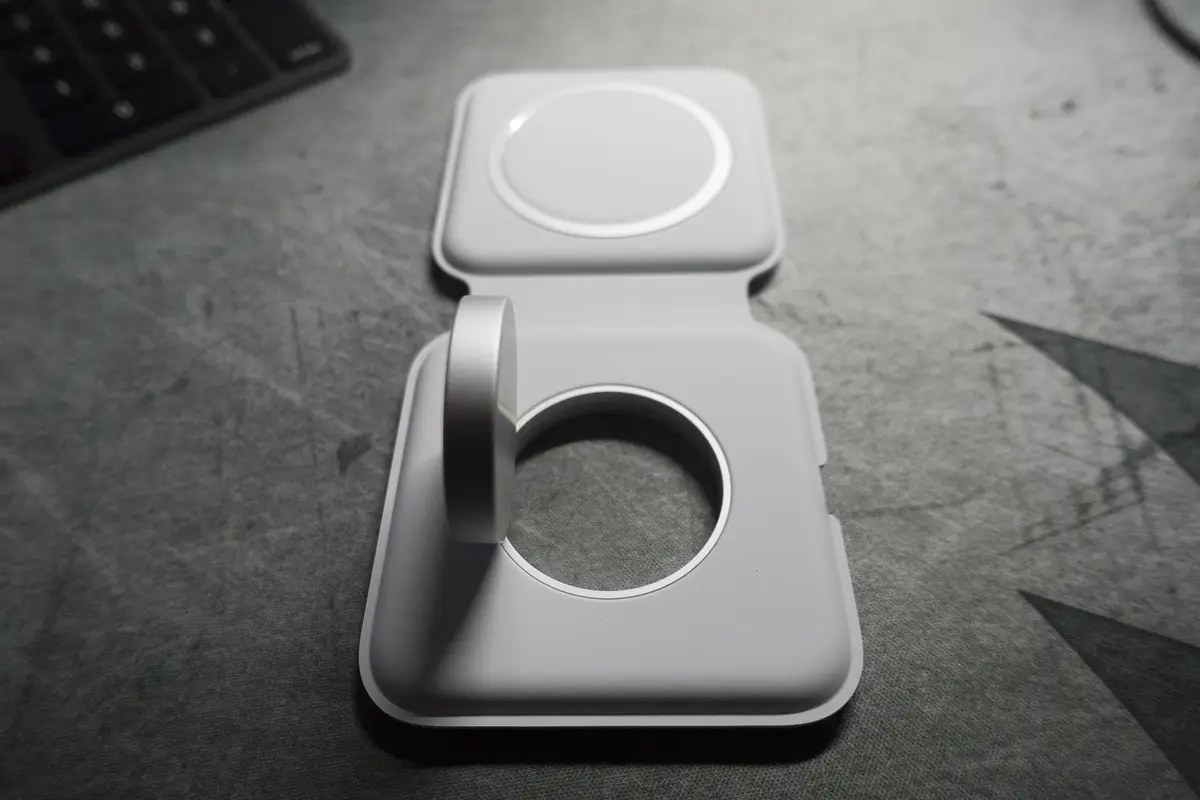
Foundry
The only Apple MagSafe accessory that’s not completely terrible is the snap-on wallet. It’s still too easy to pop off, but at least the company updated it to make use of the NFC coil. If you’ve got a wallet attached, your iPhone knows it, and can optionally ping Find My with a notification and location when it detaches. You only get the location of the wallet when it’s detached, but it’s at least something.
The smart connection that isn’t
And that’s really the problem with MagSafe. It’s got potential as a “smart” connection that isn’t being utilized at all. A ring of magnets makes for a great car mount, but there have been cases doing that for ages. MagSafe’s integrated NFC coil means that devices can identify themselves to your iPhone, which leads to all sorts of potentially neat uses.
Right now, Apple uses this capability for two things: to identify which model of MagSafe case you’ve got attached, solely to show a little connection animation in a matching color, and to identify when you have a Leather Wallet with MagSafe attached, so that Find My can know when it becomes un-attached.
The latter is useful, but think of how much more could be done here! Imagine if Apple made a MagSafe framework for developers, where MagSafe devices could identify themselves as one of a host of categories, triggering appropriate actions from iOS.
For example, all “Made for MagSafe” car chargers, when connected, could tell the iPhone that they’re hooked up to a car mount and perform the user-selected default action (like jumping to Siri suggested directions in Maps, or opening the Music or Podcasts apps). A desk charger could automatically set the iPhone into a “desk view” mode showing the time, weather, and home screen widgets in a large format (even on iPhones without always-on displays).
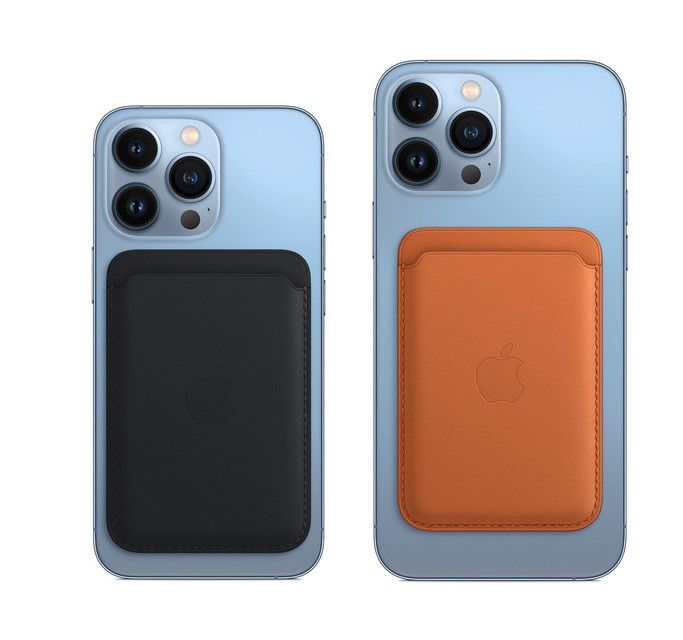
Apple
Chargers in public places like coffee shops or restaurants could trigger associated apps or web pages, or quickly get your device on the location’s free Wi-Fi.
Just think of all the creative ways developers–or even just Apple itself–could use information your iPhone has (like its location) together with knowledge of which type of MagSafe accessory it is attached to–from car mounts to battery packs to selfie sticks.
And what do we get instead? An overpriced and underpowered battery pack, a couple of terrible chargers, wallets that get knocked off too easily, and cases that make a color-matched animation when you connect them.
When MagSafe was announced two years ago along with the iPhone 12, my imagination ran wild with all the neat things that Apple and other accessory makers would do with it. Two years on, the potential remains wasted. On both the hardware and software side, Apple has underdelivered on the promise of MagSafe for iPhone.
iPhone
This content was originally published here.

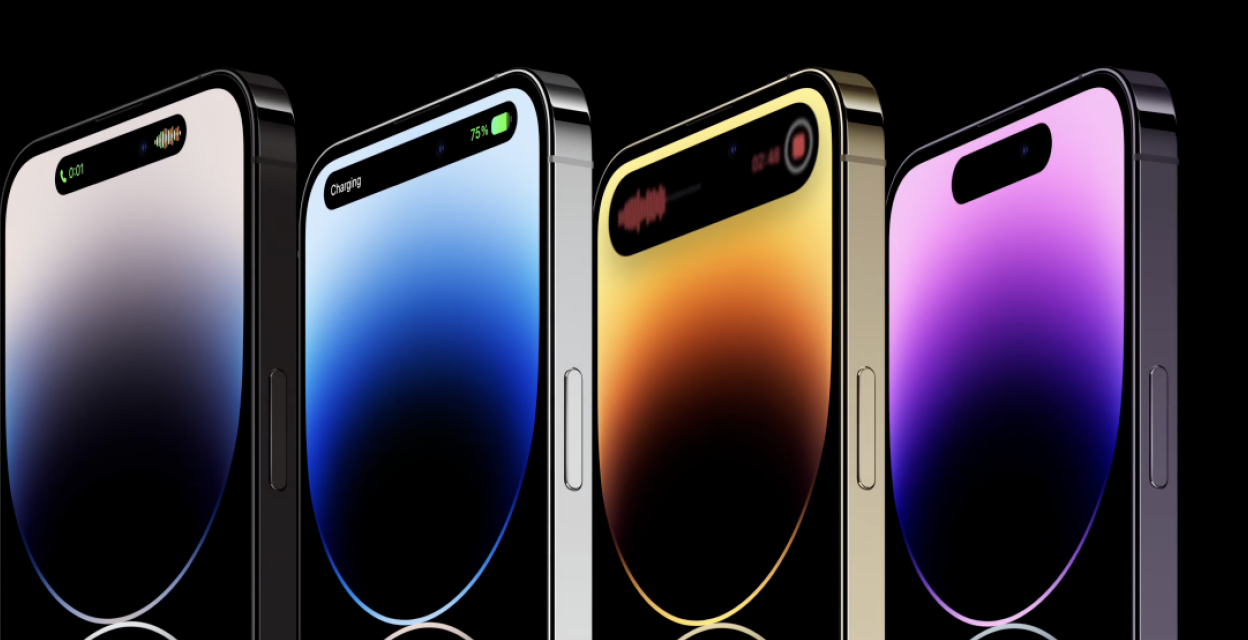
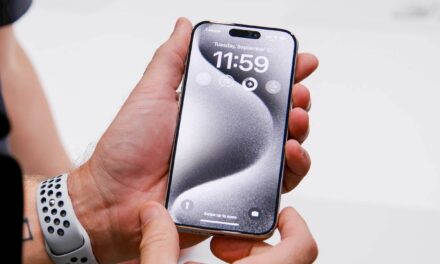
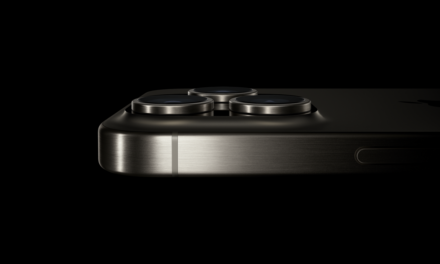
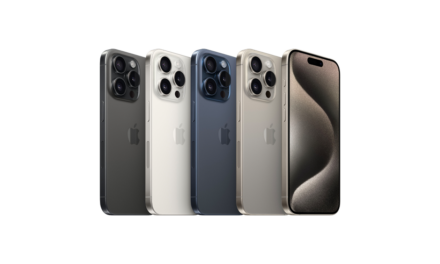
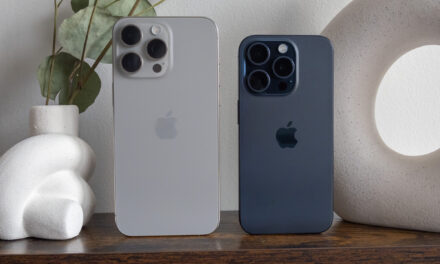
Recent Comments